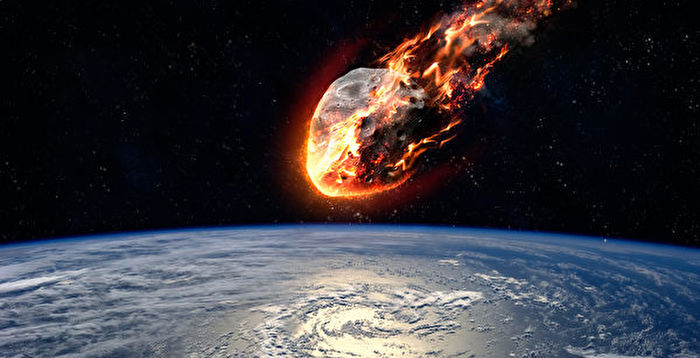[The Epoch Times, August 21, 2022](The Epoch Times reporter Linda compiled and reported) Astrophysics professor Avi Loeb served as the chair of Harvard’s astronomy department until he was finally hired by the White House Science and Technology Advisory Committee. He is about to do an expedition to the bottom of the Pacific Ocean to search for fragments of an interstellar meteor to study alien technology.
On August 12, NBC reported that Avi Loeb wanted to find fragments of an interstellar meteor that he said fell to Earth from outside our solar system in 2014.
In 2019, Loeb and a student (Amir Siraj) co-published a paper on the preprint site arXiv saying that the meteor had to be made of a material harder than iron to survive the long journey. Loeb announced in 2021 that he hoped to salvage the object from the bottom of the ocean.
Loeb thinks it may have come from a distant alien civilization.
According to NBC, Loeb said they plan to board a boat, install a sled-like carrier on the boat, and drag a magnet on it to search the seabed in a carpet pattern. “The search area is about 10 kilometers long, we will go back and forth. Walk around, like mowing the lawn, hold the meteor fragments with magnets, and take them back to the lab for study.”
Loeb is not an unrealistic, fanciful scientist whose career has proven his ideas worth listening to. It would be very exciting to find alien technology from another solar system – we just don’t yet believe it will actually happen.
The object, which was only 1.5 feet long, crashed near the north coast of a remote island in Papua New Guinea, about 200 miles offshore, Space.com reported. The impact energy when it fell was 1% that of the Hiroshima atomic bomb, so it should have suffered some damage. ◇#
Responsible editor: Sun Yun
